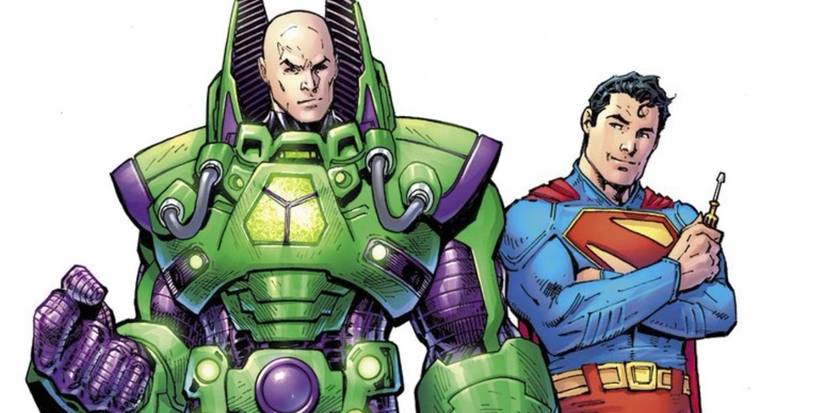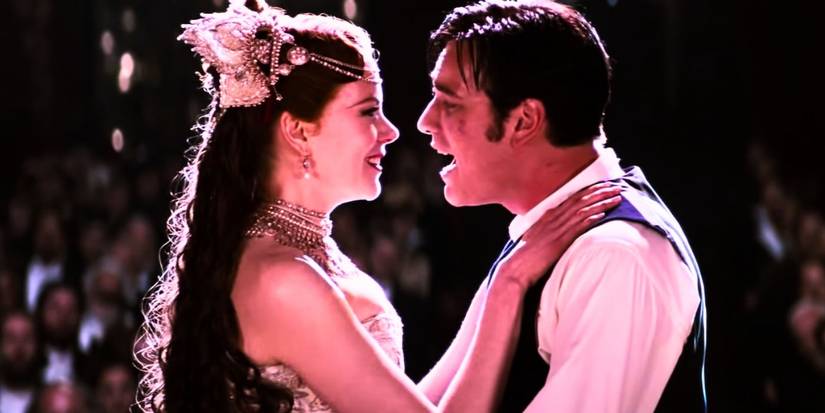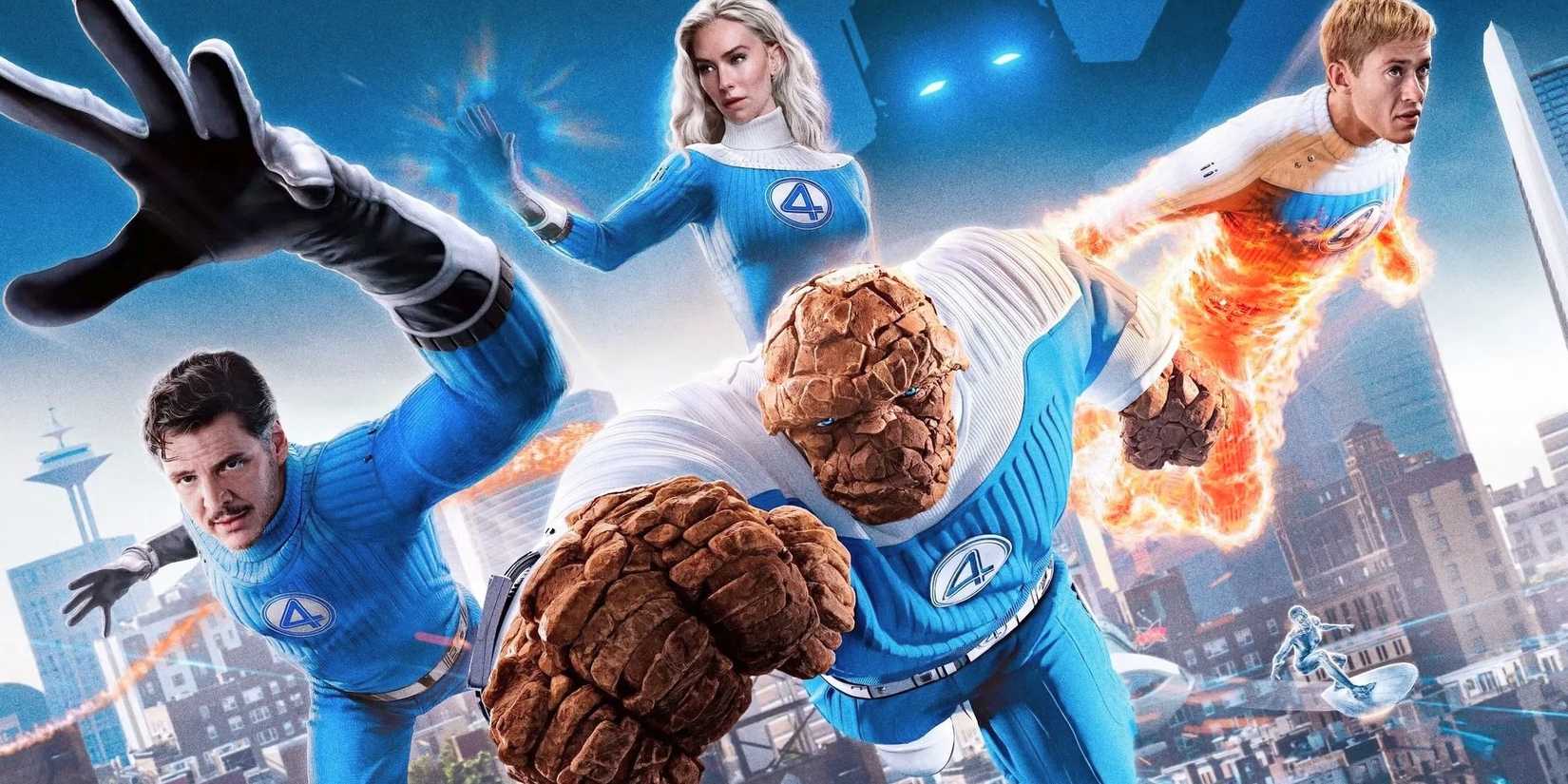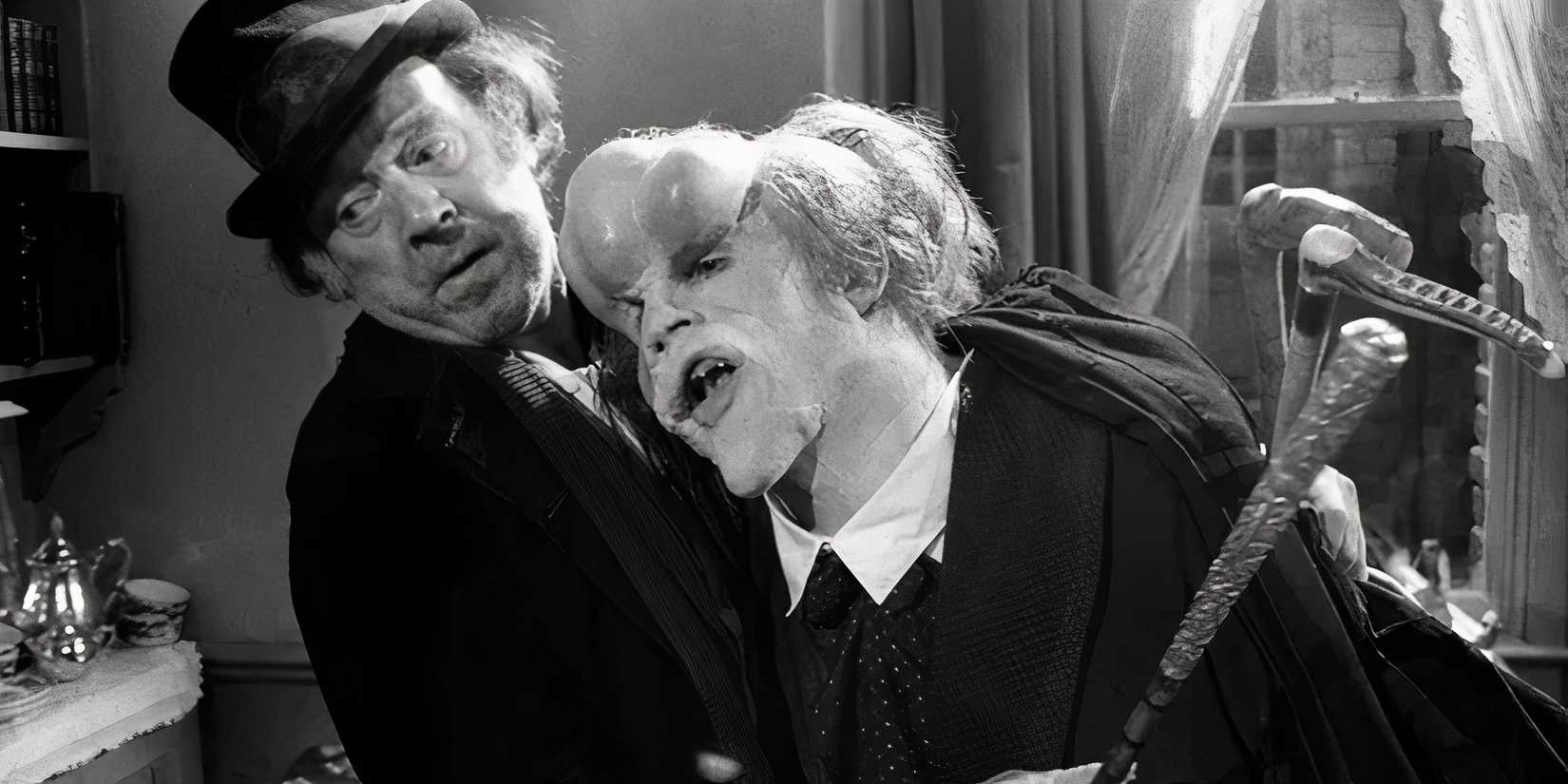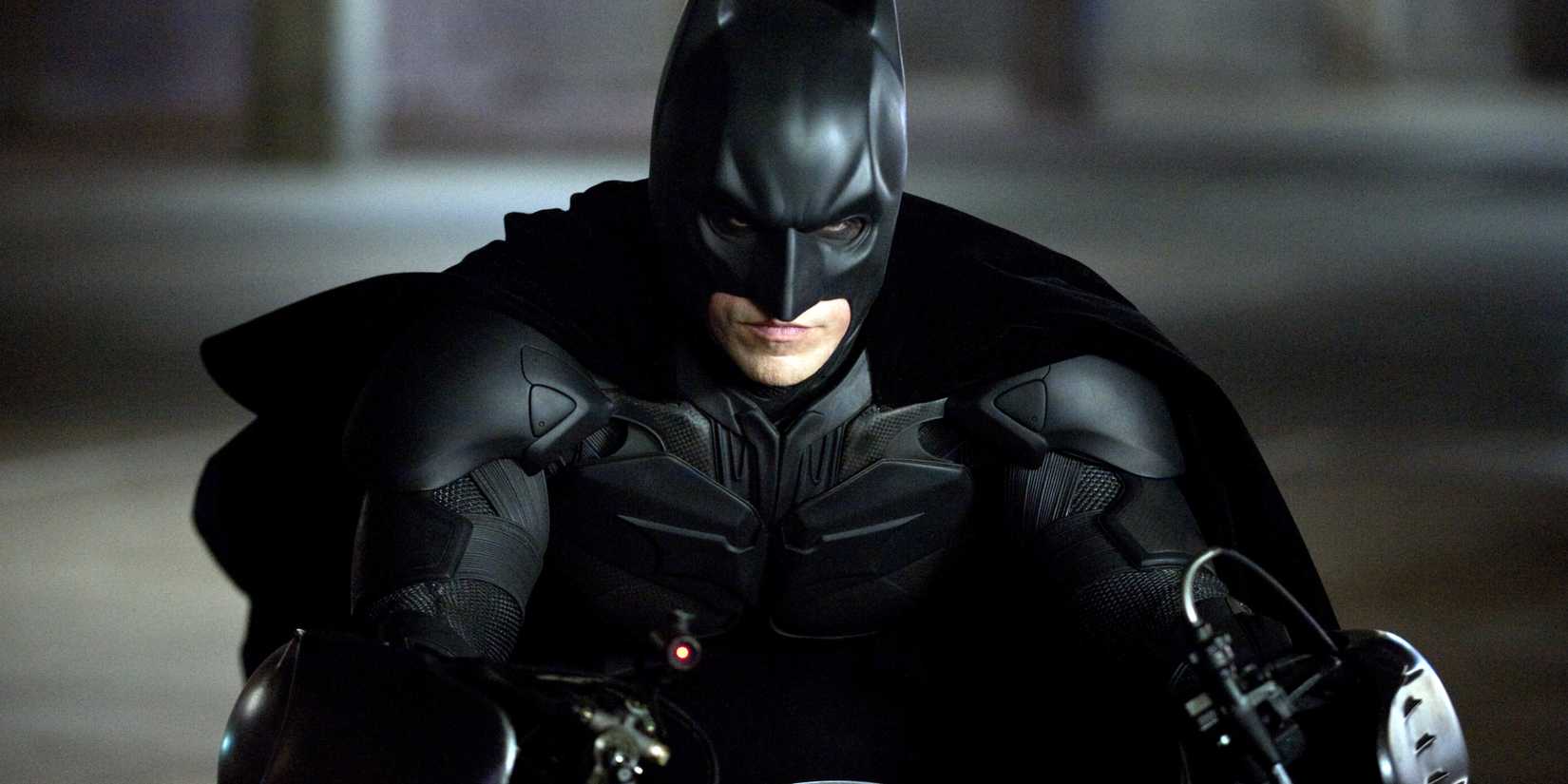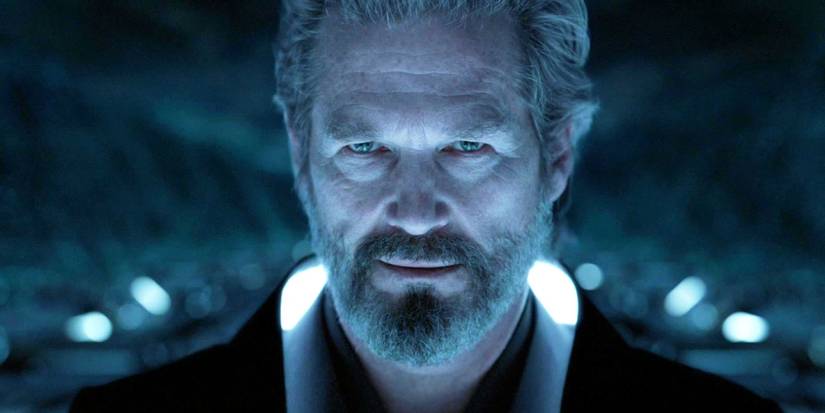In stark contrast to his peers, legendary film critic Roger Ebert loved Star Wars: Episode I – The Phantom Menace, even going so far as to call it an “astonishing achievement.” The Phantom Menace is one of the most criticized Star Wars stories of all time. Audiences and reviewers alike have disparaged the movie’s narrative, dialogue, character designs, and acting.
In fact, only one Star Wars movie has a lower Rotten Tomatoes critics’ score than George Lucas’s first prequel movie. That dishonor goes to the final installment of the Skywalker saga, Star Wars: The Rise of Skywalker, which holds a 51% Rotten Tomatoes score. The Phantom Menace‘s score stands at a slightly better but still paltry 54%.
As with any multi-chapter franchise, The Phantom Menace does have its fans. Those who grew up with the Star Wars prequels, for instance, are more likely to view the movie in a favorable light. It turns out that the late Roger Ebert was also a fan of The Phantom Menace, and he explained his reasoning in his 3.5/4-star May 1999 review.
Why Roger Ebert Loved The Phantom Menace
Like most of The Phantom Menace’s audience, Ebert noted the movie’s dialogue and character-based faults. What shaped his positive review, however, was his unique perspective on the franchise. His writing makes it clear that he didn’t view Star Wars as a particularly innovative piece of storytelling. Instead, he recognized the franchise as a revolutionary feat of filmmaking.
“The importance of the movies comes from their energy, their sense of fun, their colorful inventions and their state-of-the-art special effects. I do not attend with the hope of gaining insights into human behavior. Unlike many movies, these are made to be looked at more than listened to, and George Lucas and his collaborators have filled ‘The Phantom Menace’ with wonderful visuals.”
As such, and especially within the context of the period, Ebert praised Lucas’ groundbreaking creativity and the film’s “seamless” integration of “real characters and digital ones, real landscapes and imaginary places.” He loved the new, exciting settings introduced in the film, like the Gungans’ vast underwater city and the Senate chamber; the podrace was one of his “high points.”
Ebert recognized the franchise as a revolutionary feat of filmmaking.
“We are standing at the threshold of a new age of epic cinema, I think,” Ebert wrote near the end of his review, and at the time, he was undoubtedly right. The Phantom Menace pioneered digital techniques still in use today. The motion capture technology used to create Jar Jar Binks brought us characters like The Lord of the Rings’ Gollum and movies like James Cameron’s Avatar.
Roger Ebert Was Willing To Overlook The Phantom Menace’s Weaknesses
The most devoted Star Wars fans – myself included, I’ll admit – watch new Star Wars stories with the hope and expectation that they will grow to love their already beloved galaxy even more. As a result, The Phantom Menace had a lot to live up to: this was the first chapter in Darth Vader’s life. How do you build a backstory for a character so integral to the franchise’s idenтιтy?
Rather than pick apart the movie’s stilted writing, Ebert reasoned:
“Star Wars: Episode I–The Phantom Menace,” to cite its full тιтle, is an astonishing achievement in imaginative filmmaking. If some of the characters are less than compelling, perhaps that’s inevitable: This is the first story in the chronology and has to set up characters who (we already know) will become more interesting with the pᴀssage of time. Here we first see Obi-Wan Kenobi, Anakin Skywalker, Yoda and R2-D2 and C-3PO. Anakin is only a fresh-faced kid in Episode I; in IV, V and VI, he has become Darth Vader.”
To some, that might sound like an excuse. Star Wars is a chronological story, after all. Can we really ignore The Phantom Menace‘s storytelling implications and the characters’ development? It all depends on your perspective. The critic continued:
“The dialogue is pretty flat and straightforward, although seasoned with a little quasi-classical formality, as if the characters had read but not retained ‘Julius Caesar.’ I wish the ‘Star Wars’ characters spoke with more elegance and wit (as Gore Vidal’s Greeks and Romans do), but dialogue isn’t the point, anyway: These movies are about new things to look at.”
Of course, whether you agree with Ebert is another matter entirely. We might even wonder how he’d feel about The Phantom Menace if it were released for the first time today, now that digital VFX are Hollywood standard. In the grand scheme of things, though, it doesn’t really matter.
Art is subjective; Ebert was able to overlook the movie’s flaws because he didn’t necessarily care about Star Wars: Episode I – The Phantom Menace’s role in Star Wars’ overarching narrative, instead choosing to celebrate its virtues as a high-energy, fun, family-friendly visual spectacle.
Source: RogerEbert.com
|
Upcoming Star Wars Movies |
Release Date |
|
The Mandalorian and Grogu |
May 22, 2026 |
|
Star Wars: Starfighter |
May 27, 2028 |
